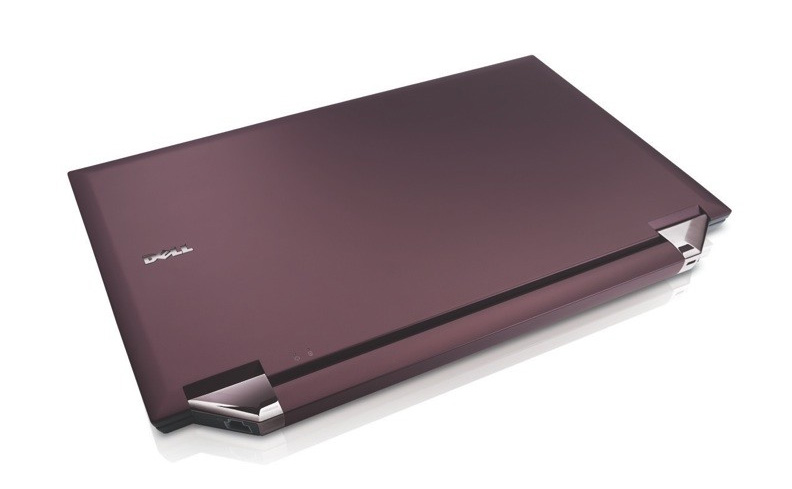
Apple Computer today took the wraps off its new fifth-generation video-capable iPod and a new, slimmer iMac with an integrated iSight video camera with new Front Row media center software.
First, Apple’s fifth-generation iPod (called just “iPod” not “video iPod”) sports a 2.5-inch LCD screen which can play music videos, television episodes (now available for purcahse via the iTunes Music Store), video podcasts, and home movies. The new iPods are available in 30 GB and 60 GB capacities at $299 and $399 respectively. The new iPods are also slimmer than their now-bulky-seeming predecessors: the 30 GB model measures 4.1 by 2.4 by 0.43 inches (104 by 61 by 11 mm) while the 60 GB model is just slightly thicker at 4.1 by 2.4 by 0.55 inches (104 by 61 by 14 mm). The new iPods will be available from Apple next week.
Like previous iPods, the new fifth-generation portable player works with both Mac OS X and WIndows XP; video and other content is synchronized to the iPod via the just-released iTunes 6. Apple says the new 60 GB iPods store up to 150 hours of video and manage up to 20 hours of battery life playing music, while the 30 GB models play tunes for up to 14 hours. Video and slideshow playback is more costly, however: the 60 GB model can play 4 hours of slides or 3 hours of video, while the 30 GB model handles 3 hours of slides or 2 hours of video. The iPods feature a stereo minijack for headphones, a Dock connector enabling USB 2.0 connections to a host computer, and (most intriguingly) composite video and audio output through a minijack, enabling users to play iPod-stored video on a television or other video device with a special AV cable. A separate Universal Dock accessory supports S-video.
Not to be lost in the shuffle, Apple also showed off a new, slimmer iMac G5, sporting either a 17- or 20-inch LCD screen, a infrared remote, and integrated iSight video camera, and new Front Row media software which can play music and videos from your iTunes collection, show slides of iPhoto images, or play home video. Although Front Row offers easy access to media stored on the iMac, it’s almost more interesting to say what Front Row is not: a personal video recorder or media server. Front Row does no turn a Mac into a TiVo-like personal video recorder, nor manage distribution and access to media across a home or wireless network. Instead, it provides deep-in-the-couch access to whatever media your have available on your Mac. As such, the new iMac G5 is intended more at the dorm room set than the home theater set.
The new iMac G5 sports either a 1.9 or 2.1 GHz PowerPC G5 processor, 512 MB of RAM (expandable up to 2.5 GB), a 160 or 250 GB hard disk, an 8x SuperDrive, ATI Radeon X600 Pro or X600 Pro XT graphics controllers, two FireWire 400 ports, three USB 2.0 ports, two USB 1.1 ports, plus VGA, plus S-Video and composite video out (via a separate adapter). The iMac G5s also features Gigabit Ethernet, AirPort Extreme (802.11g Wi-Fi), built-in Bluetooth, built-in stereo speakers, a built-in mic, headphone/optical audio output, and audio line in.
However, new to the iMac equation are a built-in iSight video camera, suitable for video conferencing via iChat AV, or for creating your own home movies and video podcasts. (A new application called Photo Booth turns the iMac into
Editors' Recommendations
- Best Apple deals: Save on AirPods, Apple Watch, iPad, MacBook
- How to select multiple files on a Mac
- The biggest threat to the MacBook this year might come from Apple itself
- I was wrong about using Stage Manager on Mac
- How to contact Apple support for help with your Mac, iPhone, and more


